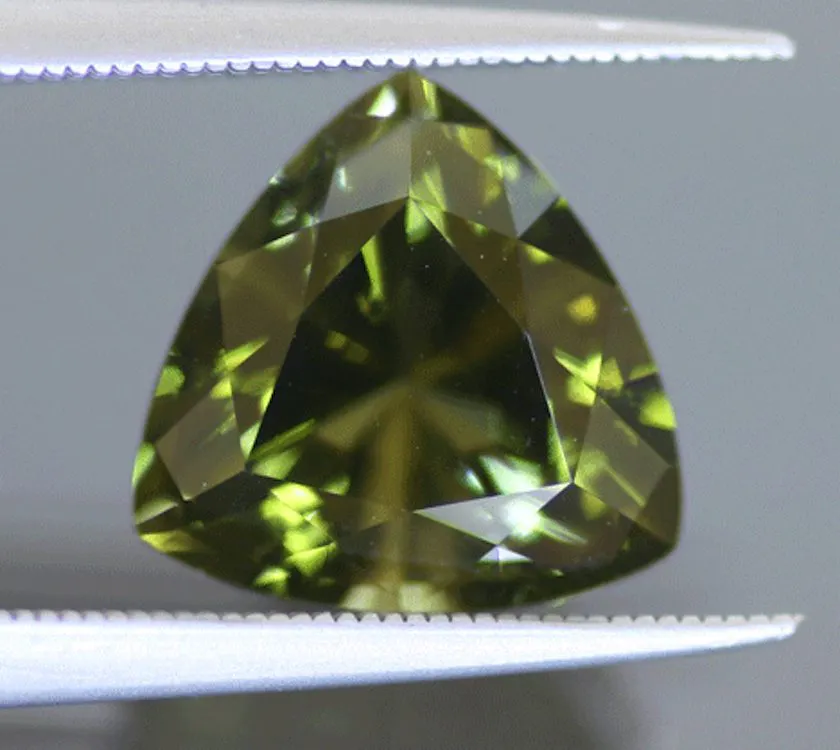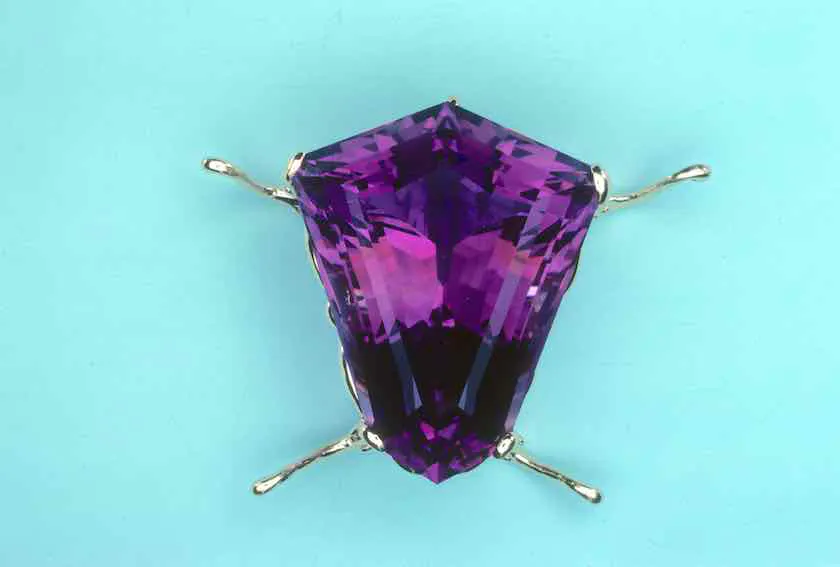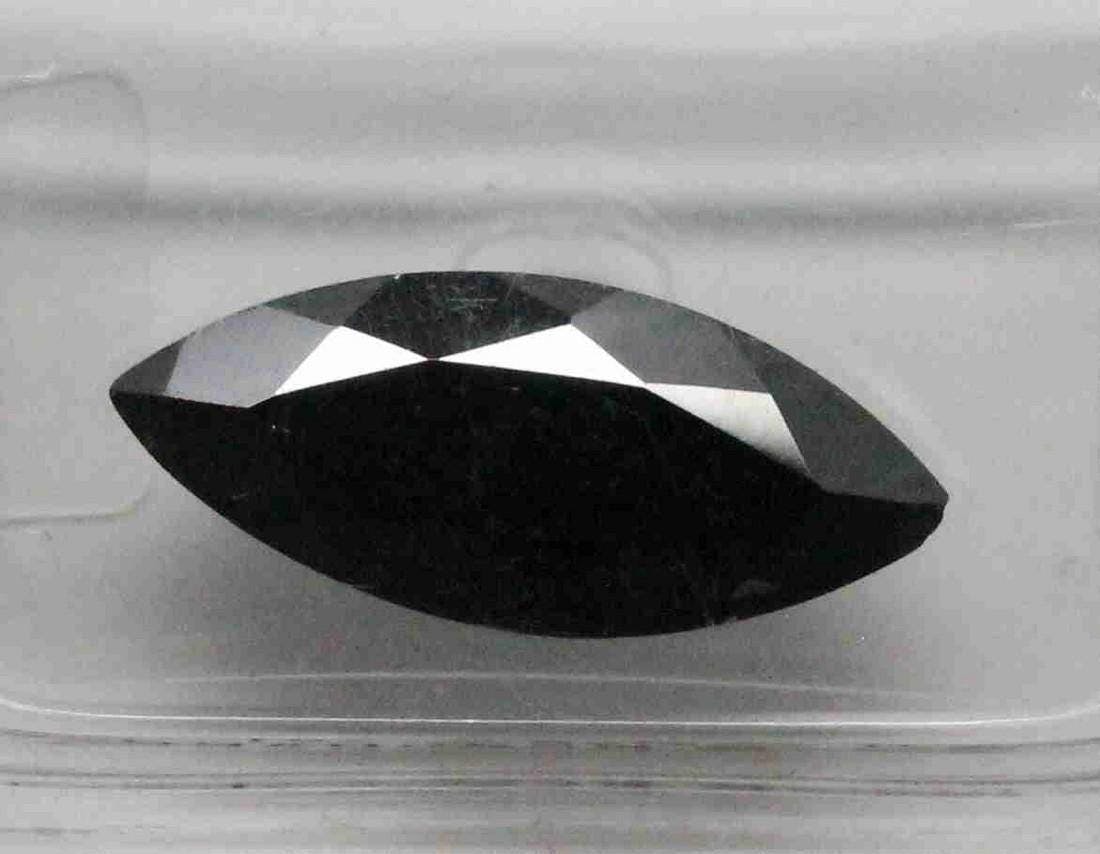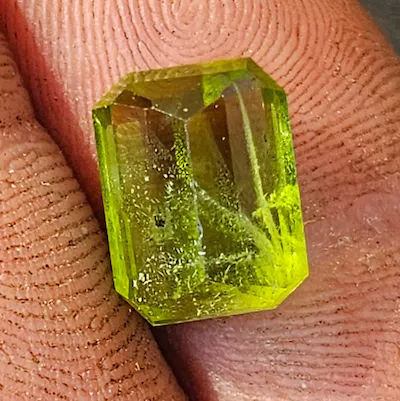Information about Ruby, News
How Much Does a 1 Carat Ruby Cost?
The cost of a 1 carat ruby can be very different. It depends on various factors like quality, color, clarity, and origin. Rubies are famous for their deep red hue and much wanted in the gemstone world.
When it comes to pricing a 1 carat ruby, quality is important. The most valuable ones are those with vivid color saturation and minimal flaws or inclusions. Color is assessed based on hue, tone, and saturation.
Origin also affects the price. Rubies from Myanmar, formerly Burma, are some of the best and usually more expensive. Other good sources are Thailand, Sri Lanka, and Mozambique.
Demand and supply also matter. If demand is high and supply limited, prices may rise.
An intriguing aspect connected to rubies is their historical association with royalty. Throughout ancient eras, monarchs and monarchesses adorned themselves with rubies, emblematic of their authority and opulence. Believing in the rubies’ ability to bestow luck and prosperity upon their wearers, these regal figures held them in high esteem. Discover more about the rich history and significance of rubies on the Melogems brand page.
Understanding the factors that affect the cost of a 1 carat ruby
To understand the factors that affect the cost of a 1 carat ruby, delve into the intricacies of color, clarity, cut, and carat weight. Each of these sub-sections plays a crucial role in determining the price you can expect to pay for this precious gemstone.
Color
Rubies are categorized into four grades based on color: Pigeon Blood Red (the most valuable and costly), Vivid Red, Slightly Purplish Red, and Slightly Orangey Red. The closer to Pigeon Blood Red, the higher the ruby’s value.
Gemologists inspect the hue of a ruby in particular lighting. Hue is the main color, from red to purple or orange. They also consider tone, which is how light or dark it looks. Lastly, saturation is the intensity of color.
A noteworthy auction saw two identical rubies in terms of size and clarity. But one was deep Pigeon Blood Red, while the other had a purplish tint. Astonishingly, the purplish ruby was bid much lower due to its different hue. This demonstrates that even small differences in color can affect the gemstone’s worth.

Clarity
Clarity is key when it comes to rubies. Inclusions can be spotted under magnification and affect a ruby’s value. Impacting beauty, higher clarity rubies command higher prices! Rare rubies without any visible inclusions are particularly prized.
Colour and carat weight also affect value, yet clarity is a huge factor. Those who prioritize gems without flaws, opt for rubies with high clarity grades. So, when buying a 1 carat ruby, prioritize clarity for enhanced beauty and value.
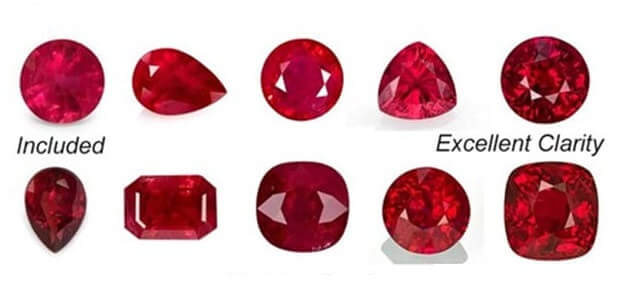
Cut
To understand the effect of cut on a 1 carat ruby, let’s look at 3 factors:
- Proportions: A good cut means light enters the gemstone from its table and reflects off the facets to our eyes, creating brightness and fire.
- Symmetry: Precision when aligning each facet helps maximize light performance.
- Polish: Smooth, even surfaces allow light to pass through with no obstruction or distortion.
A pro tip: When selecting a 1 carat ruby, prioritize an excellent or very good cut grade for maximum beauty.
Carat weight
The weight of a ruby affects its cost. The heavier the carat, the more valuable the gem is. Let’s dive into this factor more closely.
Carat Weight:
We must look at examples to know how a 1 carat ruby’s cost changes with the carat weight. Here’s a breakdown of the weights and prices:
| Carat Weight | Average Cost (USD) |
|---|---|
| 0.50 | $500 |
| 0.75 | $750 |
| 1.00 | $1,000 |
| 1.25 | $1,250 |
| 1.50 | $1,500 |
From the table, we see that carat weight and price have a direct link. As carat weight increases, so does the cost of the ruby.
Apart from carat weight, color, clarity, and cut also have an impact on a ruby’s value. These factors work together to set the final price.
It’s worth noting that rubies with higher carats are harder to find. This rarity boosts their desirability and drives the cost up. (Source: Gemological Institute of America)
Where can I buy rubies in Singapore? Explore the collection at Melogems today!
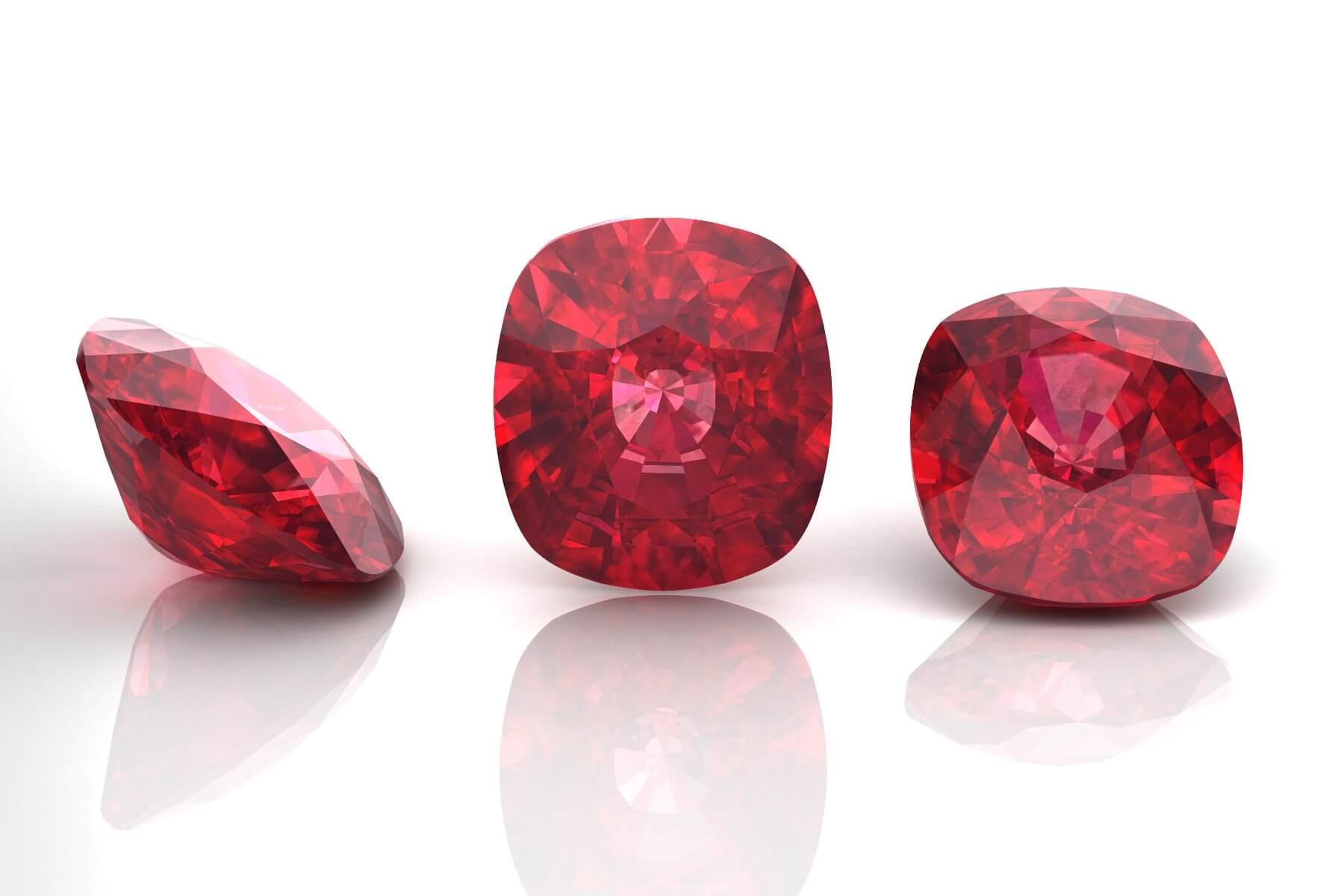
The average price range for a 1 carat ruby
To get an idea of the average price range for a 1 carat ruby, let’s focus on the factors that can cause price variations and the additional costs to consider. By understanding these elements, you’ll gain insight into the overall pricing dynamics and be better prepared when purchasing a 1 carat ruby.
Factors that can cause price variations
The cost of a 1 carat ruby can fluctuate for various reasons. Let’s take a closer look at these factors and their effect on the overall price range.
Factors that can cause price variations:
| Color | Clarity | Cut | Carat Weight |
|---|---|---|---|
| Fine Red | Medium | Slightly Included | Well Proportioned |
| Rubies | Red | Included | High quality |
| Pinkish | Heavily polished | ||
| Orange |
Ruby mines in different parts of the world make varying shades of red – from fine red to pinkish or even slightly orange tones. The color being close to the ideal “fine red” will make the price higher.
Clarity indicates any visible flaws or inclusions within the ruby. Stones with fewer visible flaws are deemed more valuable and priced higher.
Cut is a major factor in determining a ruby’s beauty and brilliance. If it has well-proportioned facets that allow for maximum light reflection, it will have a higher value.
Carat weight is another key factor influencing a ruby’s cost. Bigger rubies are rarer and more desirable, making them pricier than smaller ones.
Plus, other factors like origin, treatment, and market demand also affect the cost of 1 carat rubies. It’s vital to take them into account while deciding the value of a particular stone.
If you’re shopping for a 1 carat ruby, comprehending these factors can help you make an educated choice. Don’t miss out on this chance to own a stunning gemstone that reflects your unique style and elegance.
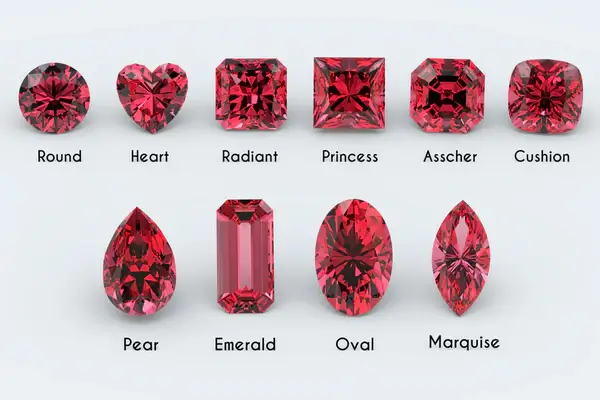
Additional costs to consider
When buying a 1 carat ruby, there are extra expenses to account for. These costs include certification fees, insurance premiums, and taxes or duties. Certification fees range from $50 to $500. Insurance premiums are usually 1% to 2% of the gem’s value. The taxes or duties depend on where the buyer lives.
In history, certification fees have become more popular. Buyers want to make sure their ruby is authentic and high-quality. This means more people need certified gems. This has caused the fees charged by labs to go up.
Where to buy a 1 carat ruby
To find the best place to buy a 1 carat ruby, explore local jewelry stores, online retailers, and auctions and gem shows. Each option offers its own solution for acquiring this precious gemstone.
Local jewelry stores
Diamonds & Co.:
- Location: 123 Main St.
- Contact: (555) 123-4567
- Selection: Wide range of ethically-sourced rubies.
Gems Galore:
- Location: 456 Elm St.
- Contact: (555) 987-6543
- Selection: Customizable ruby jewelry options.
Sparkling Stones:
- Location: 789 Oak St.
- Contact: (555) 246-8109
- Selection: Specializes in rare and unique ruby cuts.
Local jewelry stores offer expert advice on choosing the perfect ruby for your needs.
Pro Tip: Before buying, ask about certification and quality guarantees to verify the authenticity and value of your 1 carat ruby.
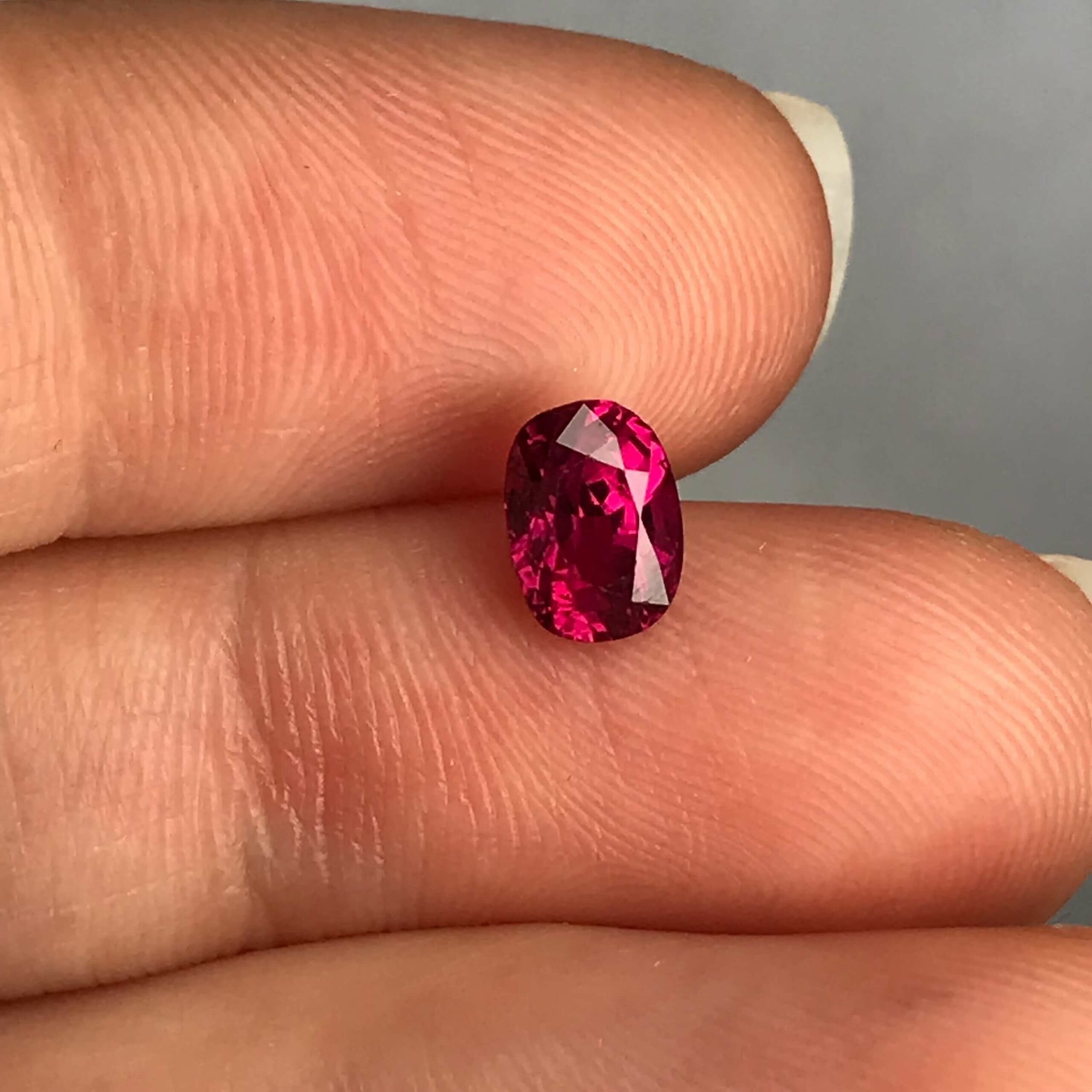
Online retailers
My friend had a bad experience buying a ruby online. It was from an unreliable website. The ruby was poor quality and much smaller than advertised.
That’s why it’s so important to choose the right online retailer. Gemvara has a wide selection of rubies with various cuts and settings. Blue Nile has a comprehensive diamond and gemstone education center on their website. James Allen is known for its 360-degree Diamond Display Technology.
| Retailer | Website |
| Gemvara | www.gemvara.com |
| Blue Nile | www.bluenile.com |
| James Allen | www.jamesallen.com |
It’s important to look at customer reviews and certifications too. Research and choose trustworthy retailers when shopping online for precious gemstones like rubies.
Auctions and gem shows
Auctions and gem shows offer a great way to find your desired 1 carat ruby. Check out this table of events:
| Event Name | Location | Dates |
|---|---|---|
| Gem Auction X | New York City | May 1-3, 2022 |
| International Gem Show Y | London | June 15-17, 2022 |
| National Gems Expo Z | Dubai | August 8-11, 2022 |
Experts and enthusiasts at these events can provide first-hand knowledge about the quality and value of each stone. To make sure you don’t miss out, follow social media accounts or newsletters to get timely notifications. Look out for exclusive opportunities at limited-time showcases.
Go ahead and explore auctions and gem shows. You might find the perfect 1 carat ruby – one that will captivate all who see it. Start your journey today!
Explore “How Much Is a Pearl Necklace” at Melogems!
Tips for selecting a 1 carat ruby within your budget
To select a 1 carat ruby within your budget, with tips and guidance, set a budget, evaluate the 4Cs (color, clarity, cut, carat weight), and consider alternative options. Determine your budget, assess the quality factors, and explore other choices to find the perfect 1 carat ruby that fits your financial constraints.
Setting a budget
When picking a 1 carat ruby, set a budget. Here’s what to think about:
- The overall quality + value: Color, clarity, cut + carat weight influence cost.
- Your personal preferences: Prioritize desired features – like a vivid red hue or excellent clarity.
- Market prices: Research supply and demand. Prices can change quickly.
A pro jeweler or gemologist can help. My friend was looking for a 1 carat ruby in a set price range. Good luck and persistence paid off – they found a local jeweler with a fresh shipment at a great price.
Don’t sacrifice quality when budgeting for a ruby. Consider the factors, keep up with trends, and you’ll find the perfect gem. Patience + diligence will help you stay within limits.
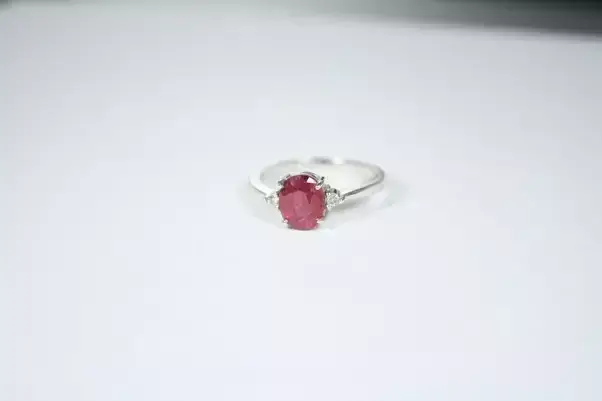
Evaluating the 4Cs (color, clarity, cut, carat weight)
It’s essential to look at the 4Cs (color, clarity, cut, carat weight) when selecting a 1 carat ruby that fits your budget. Each C is important in deciding the gemstone’s quality and value. Let’s go into the details!
- Color: This determines the ruby’s hue and intensity. It ranges from vivid red to pink or purple shades.
- Clarity: This examines if there are any internal flaws or inclusions. The clearer the ruby, the higher its worth.
- Cut: This affects how light is reflected and refracted inside the gem, adding to its brilliance and beauty.
- Carat Weight: This determines the size of the ruby. Usually, bigger rubies are rarer and more valuable.
Plus, other factors influence a ruby’s desirability and cost. Origin is significant, as certain places produce rubies with amazing color and quality. A great historical example is Myanmar (formerly Burma). It’s well-known for its top-notch rubies. The “Sunrise Ruby,” which weighs over 25 carats, sold for a record-breaking price at an auction. This proves the allure and timeless elegance of rubies.
By assessing the 4Cs, origin, and other factors, you can find a 1 carat ruby that fits your budget and is unique in its splendor and value.
Considering alternative options
Exploring alternative options is a great way to get a 1 carat ruby within your budget. It may uncover details not previously thought of. Here are some ideas with why they work:
- Try synthetic rubies: These are lab-made and have the same properties as natural ones. They are often cheaper too. Enjoy the beauty of the gem, but stay in budget.
- Rubies of different shades: Red comes in crimson or pink. A less intense color will save money, plus it adds uniqueness.
- Rubies with minor inclusions: These are tiny imperfections that occur naturally. Flawless rubies are more expensive, but slight inclusions don’t affect the look.
- Smaller carat weights: If budget is a factor, try smaller-carat rubies. They can save money and still have charm and allure.
Using these options, such as synthetic rubies, color variations, minor inclusions, and smaller carat weights, you can find a 1 carat ruby that fits your budget and looks great.
Conclusion
A 1 carat ruby’s cost varies. It depends on color, cut, clarity, and origin. Treatments and enhancements also affect the price. To get a fair price, consult a reputed gemstone jeweler. They will help select a quality ruby at a good rate.
Pro Tip: Request certification from an accredited gem laboratory when buying a 1 carat ruby. This confirms its authenticity and quality.
Frequently Asked Questions
1. What is the average cost of a 1 carat ruby?
On average, a 1 carat ruby can cost anywhere between $1,000 to $10,000, depending on its quality, color, cut, and clarity.
2. Are there any factors that affect the price of a 1 carat ruby?
Yes, several factors can impact the price of a 1 carat ruby. The most significant factors include the stone’s color intensity, clarity, cut, origin, and overall quality.
3. Is a 1 carat ruby a good investment?
While rubies can hold their value well over time, determining whether a 1 carat ruby is a good investment depends on various factors. It is advisable to consult with a gemstone expert or a financial advisor before considering it as an investment.
4. What is the difference in cost between a natural and lab-created 1 carat ruby?
Generally, lab-created rubies cost less than natural ones. A lab-created 1 carat ruby can be significantly cheaper, with prices ranging from $200 to $1,000, whereas a natural 1 carat ruby starts at a minimum of $1,000.
5. Can the price of a 1 carat ruby vary depending on its color?
Absolutely! The color of a ruby plays a vital role in determining its price. Red rubies with a vibrant, intense color are considered the most valuable and can be priced higher than rubies with lighter or less vivid colors.
6. Are there any additional costs apart from the purchase price of a 1 carat ruby?
Yes, apart from the cost of the ruby itself, you might need to consider additional expenses such as taxes, shipping charges (if buying online), appraiser fees, insurance, and any customization or setting charges if you plan to use the ruby in jewelry.

